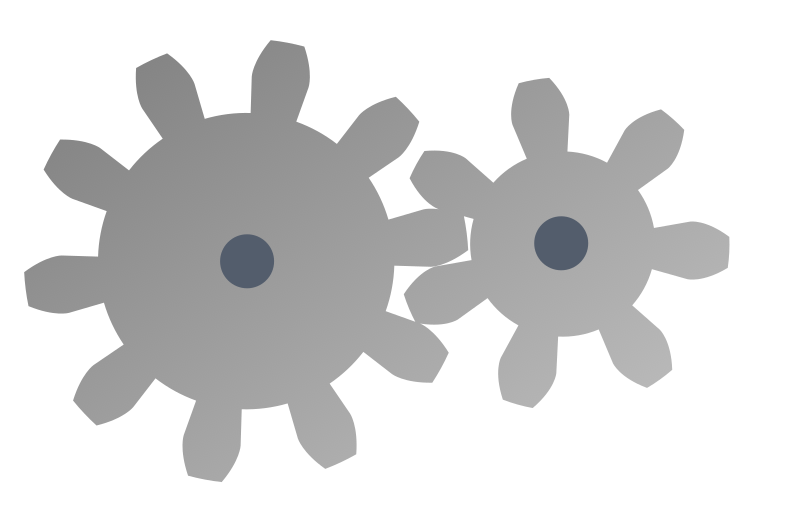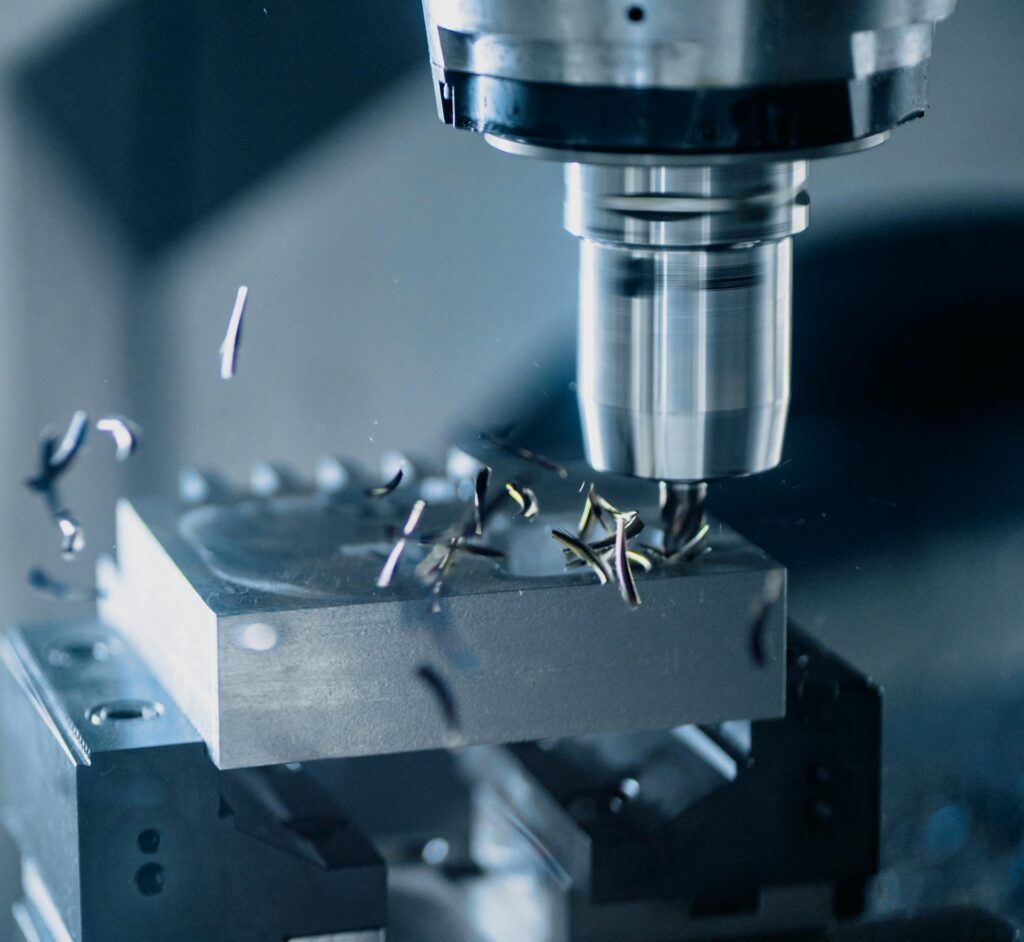There are two types of milling machine vertical and horizontal milling machines.
Milling machine are one of the most common machine tools used in a machine shop, they use many different types of cutting tools.
There are many different types of operations that milling machines are capable of doing, such as machining the surface of a work piece.
The parts of a vertical milling machine
The parts of a vertical milling machine are the base, the head, the column, the spindle, the ram, the knee, the overarm, and the base.
The head is attached to the top of the ram, the is able to swivel in a single plane, the head can swivel in two planes on universal milling machines. The motor is mounted on top of the head which the spindle is located at the bottom of the head, the spindle is powered by the use of V-belts.
The knee is used to move the table up and down. The knee is attached to the column which is casted along with the base.
The cutting speed of the cutting tool used in the milling machine
the cutting speed is the speed in meters per minute m/min or surface feet per second sf/min that metal may be efficiently machined.
The cutting tool is rotated at a certain rpm or r/min, this is dependent on the diameter of the tool. various types of metals have different hardnesses, the cutting speed of the tool depends on the hardness of the metal and the material that the cutter is made out of.
The factors that determine the rpm of the cutting tool are the depth of cut that will be taken, the rigidity of the milling machine as well as the fixture that is used, the cutting tool’s diameter, the type of surface finish that is needed, the type of material that the work piece is compose, and the material which the cutting tool is made of.
To determine what the rpms of the milling machine should be used the cutting speed needs to be divided by circumference of the cutting tool. rpm = cutting speed / (diameter x pi).
The milling machine feed used in machining work pieces.
The milling machine feed is the distance divided by time that the work piece moves through the cutter, in inches per minute or millimeters per minute.
The feed that is used in milling is calculated by multiplying the chip size that is required by the number of teeth the cutting tool has times the rpms of the cutting tool.
Feed = number of cutting teeth x feed/tooth x cutter rpm.
The feed rate depends on what the depth and width of the cut. will be, what type of cutter is used, the type of material that is going to be machined, how sharp the cutting tool is, and the type of finish and accuracy that is needed.
Other factors that also need to be considered when determining the feed are factoring in the uniformity of the work piece, the rigidity and power of the milling machine as well as the toolset up and the fixture.
The direction of the feed is either conventional milling or a climbing milling. In conventional milling the feed works against the rotation of the cutting tool, conventional milling is the most common type of milling. Climbing milling feeds the work in the direction of the rotation of the cutting tool. Climbing milling can only be used if the milling machine is equipped with a backlash eliminator and the table gibs have been tightened down.
The depth of cut used on a vertical milling machine.
Smooth and accurate finishes are usually needed for the finished work piece. Both roughing cuts and finishing cuts are used to complete the milling process.
Roughing cuts are done first, the roughing cuts are usually deep cuts done as fast and as deep as the milling machine that are allowed by the machine.
Finishing cuts are usually light cuts the finishing cuts use a finer feed than for the rough cuts.
the cutting tool should never be stopped when it is revolving over a work piece, also never stop the cutting tool when the cutter is returning to the starting position of the cut after the completion of the cut.
The types of cutters used in vertical milling machines.
End mills are use in milling machine for the removal of material from the work pieces, high-speed end mills are made of high-speed steel, carbide end mills are made tungsten carbide.
End mills are used for cutting slots and keyways in work pieces; for cutting open and closed pockets in a work piece; for cutting face grooves, channel grooves and recesses; and for peripheral end milling.
There are many types of end mills there are two-flute end mills, there are three-flute end mills, multi-flute end mills, and roughing end mills.
Vertical Mill Operations
The vertical head of the milling machine needs to be aligned, if the head of the milling machine are not aligned to 90º the holes and the milling process will not be square with the surface of the work piece.
The cutting tools need to be mounted and removed from the milling machine, these tools include end mills, insert cutters, fly cutters, T-slot cutters, drill chucks, boring tools, etc.
The vise on the milling machine needs to be properly aligned, a dial indicator can be attached to the quill or the head of the milling machine to check the alignment of the vise.
Vertical milling machines are used to machine flat surfaces,.
Vertical milling machines are used to machine blocks square and parallel.
Vertical milling machines can be used to machine angular surfaces.
Milling machines can be used to finish and drill holes, these can also be angular holes, reaming operations to finish holes to the specified size can also be done on a vertical mill.
A vertical milling machine can be used to cut slots and key seats.
Holes can also be tapped with on a vertical milling machine.

